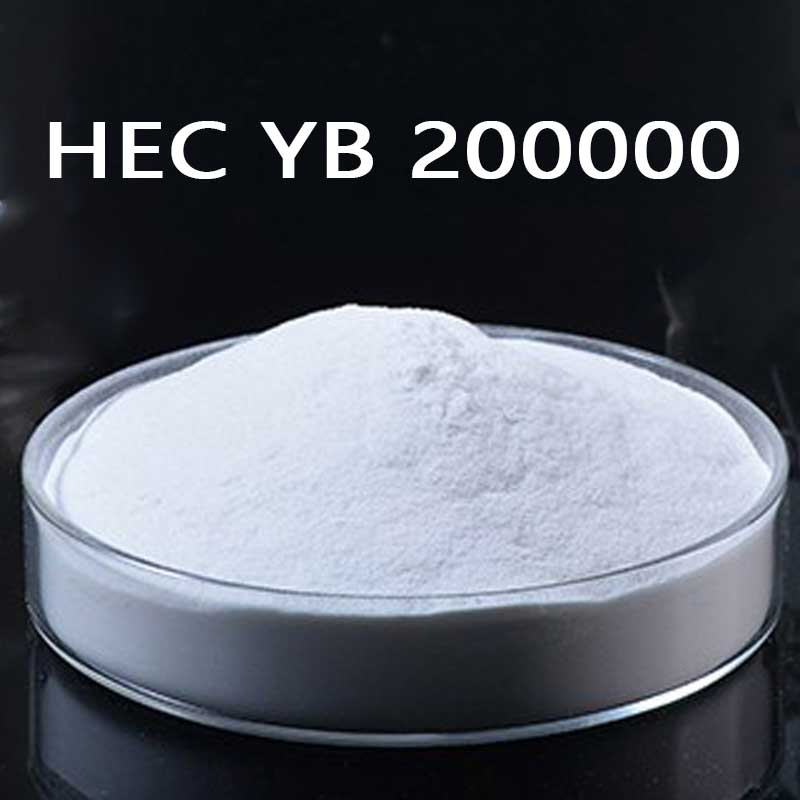HEC YB 200000
Specification of HEC YB 200000
| Chemical name | Hydroxyetl Cellulose |
| Synonym | 2-Hydroxy etl cellulose; Cellulose droxyetl ether, Cellulose ether, Hydroxyetl Cellulose |
| CAS number | 9004-62-0 |
| Brand | |
| Product Grade | HEC YB 200000 |
| Solubility | Water Soluble Cellulose ether |
| Psical form | White to off-white cellulose powder |
| PH(1%) | 5.0 – 8.0 |
| Degree of substitution | 1.8 – 2.5 |
| Viscosity Brookfield, 1% solution | 8000-10000 mPa.s |
| Viscosity NDJ 2% Solution | 160000-240000 mPa.s |
| Moisture | Max5% |
| Ash content | Max5% |
| HS code | 39123900 |
Application of HEC YB 200000
® HEC YB 200000 Hydroxyetl cellulose has found widespread application in cosmetics and daily-use products, ranging from toothpaste and shower gel to hand sanitizer, skin cream, shampoo, glycerin skin care lotion, shoe polish, and detergent. Its primary role is to act as a thickening agent, facilitating the formation of stable emulsified systems in these products.
In soap-based shower gels, where the main active ingredient is soap, the resulting formulation avoids the typical greasy feeling associated with general surfactants. This ensures easy cleansing while preserving the natural luster of the skin. Notably, HEC showcases exceptional solvent resistance to electrolytes, maintaining stability even in high-concentration salt environments. Consequently, utilizing HEC as a thickener for soap-based shower gels emerges as the optimal choice.
For hand sanitizers, where the solubility of disinfectants and bactericides in aqueous solutions can vary significantly, the incorporation of HEC proves invaluable. HEC contributes to the creation of a uniform and stable emulsified system, ensuring consistent performance and efficacy in hand sanitizing formulations. The versatility of HEC makes it a key ingredient in enhancing the texture, stability, and overall effectiveness of a diverse range of cosmetic and daily-use products.
Documents of HEC YB 200000
Recommended Hydroxyetlcellulose in Skin Care
Professional technical engineer dedicated to guide you
According to your actual needs, choose the most reasonable overall design and planning procedures
